Have you ever noticed dryness, limpness, or split ends in your hair? Those are all pointers that your hair lacks protein. Heat styling, chemical processing, and the environment break down the proteins found in hair and make hair weak or fluffy. Protein treatments help turn that around by restoring and rebuilding the protein structure.
What Is a Protein Treatment?
A protein treatment—sometimes called a protein mask—is a nourishing mask designed to repair damaged hair. The protein name comes from its richness in proteins and amino acids.
Your hair is mainly composed of proteins, i.e., keratin, which is responsible for the strength and shape of the hair. The keratin bonds of the cuticle and the cortex may break whenever the hair is colored or heat-styled.
Protein masks work to fortify the hair’s outer layer by depositing proteins and amino acids on the fragments to fill in the gaps. This remolds the hair shaft from the core outwards and makes the hair smoother and more flexible.
Some treatments use hydrolyzed proteins, i.e., proteins broken down into tiny pieces, so they can penetrate deep, while others primarily coat the cuticle for surface repair.
Benefits of Protein Treatments for Hair
If you use it correctly, a protein mask can transform dry, frizzy hair. Some of the benefits are:
Strength and Reduced Breakage
Adding proteins back into the hair shaft makes your strands more resilient. A 2018 study showed that applying keratin proteins to damaged hair fibers can almost double their mechanical strength. It can also increase its fullness and smoothness. Protein treatments for hair also cut down hair breakage and split ends by fortifying weak bonds.
Restored Elasticity and Bounce
Protein masks also make hair more flexible and assist the hair, particularly curls and waves, in springing back into shape rather than falling lifeless.
Improved Texture and Shine
Many protein masks coat and seal the cuticle scales, leaving the hair glossier and softer. You’ll also notice that your hair feels more polished with less frizz and flyaways.
Better Moisture Retention
Strong hair often holds moisture better. Therefore, protein treatments help the hair retain hydration by making the strands stronger. Experts add that this increased strength prevents future hair damage and prolongs conditioning effects.
Easier Styling
Protein treatments control frizzy and coarse hair by restoring it from within. So, getting a protein mask is important if you are fighting stubborn frizz. It also makes your hair smoother and more manageable.
How to Know When It’s Time for a Protein Boost
You should consider protein treatment whenever your hair shows clear signs of damage or weakness. Common signs include:
-
Breakage
-
Split ends
-
Limpness
-
Brittleness
-
Frizz
-
Dullness
-
Dryness
Types of Protein Treatments
Protein treatments can be of different types, depending on the source of the proteins. Below are some of them:
Keratin Treatments
Keratin is the prevalent protein found in human hair. Therefore, keratin treatments are the most popular protein treatments. A keratin treatment, like GK Hair’s The Best Hair Treatment, repairs damaged hair and controls frizz by restoring depleted keratin. It also keeps coarse hair in check and makes the hair easy to manage. The Best Keratin formula is infused with Juvexin—a keratin-based protein blend—to make damaged strands healthier.
Need more insights on how to use The Best Keratin Treatment? Watch this.
Collagen Treatments
Collagen makes the hair fibers full and elastic. A collagen treatment forms a flexible coating that helps the hair resist damage and restore its bounce. It can also help boost your hair volume.
Silk Protein Treatments
Silk proteins are well known for making the hair soft. Silk amino acids deliver moisture to the hair cuticle and leave the hair smoother and shinier. It is particularly beneficial for dry or frizzy hair since it provides the hair with an extra slip so that detangling of the hair becomes easy.
How Protein Treatments Actually Rebuild Your Hair
Hair strands are stacks of protein layers. When these layers break or lift, the hair weakens. Protein treatments reverse that in two ways.
First, the protein can form a coating around the outer cuticle. This fills in the gaps and makes the hair shaft surface even. Secondly, the proteins, especially hydrolyzed ones, can seep into the cortex (the inner part of the hair).
Once inside, they relink the broken bonds, resulting in thicker, stronger hair strands. Protein treatment for high porosity hair works by plugging the holes in the hair structure, causing it to hold moisture better.
How to Use a Protein Treatment
These are the steps involved in a typical routine for using GK Hair’s The Best Hair Treatment:
-
Wash your hair twice with GK Hair's pH+Clarifying Shampoo to remove product buildup.
-
Dry your hair properly.
-
Break your hair into 0.5-inch sections and apply The Best with an application brush.
-
Give the product 40 to 60 minutes to penetrate well, depending on your hair type/texture.
-
Rinse out the product thoroughly with warm water.
-
Follow with a deep conditioner to replenish hydration and ease possible tightness.
-
Dry the hair totally with a blow dryer and style as usual.
Pro Tip: Ensure you keep the treatment from touching your scalp while massaging or combing it through your hair.
Stronger Hair Starts Here
If you battle weak or damaged hair, a protein mask can restore your hair’s strength and shine. It’s highly beneficial and versatile; you can use protein treatments for natural hair and colored hair. Visit your hairstylist to discuss your hair needs and whether or not you require a protein treatment.

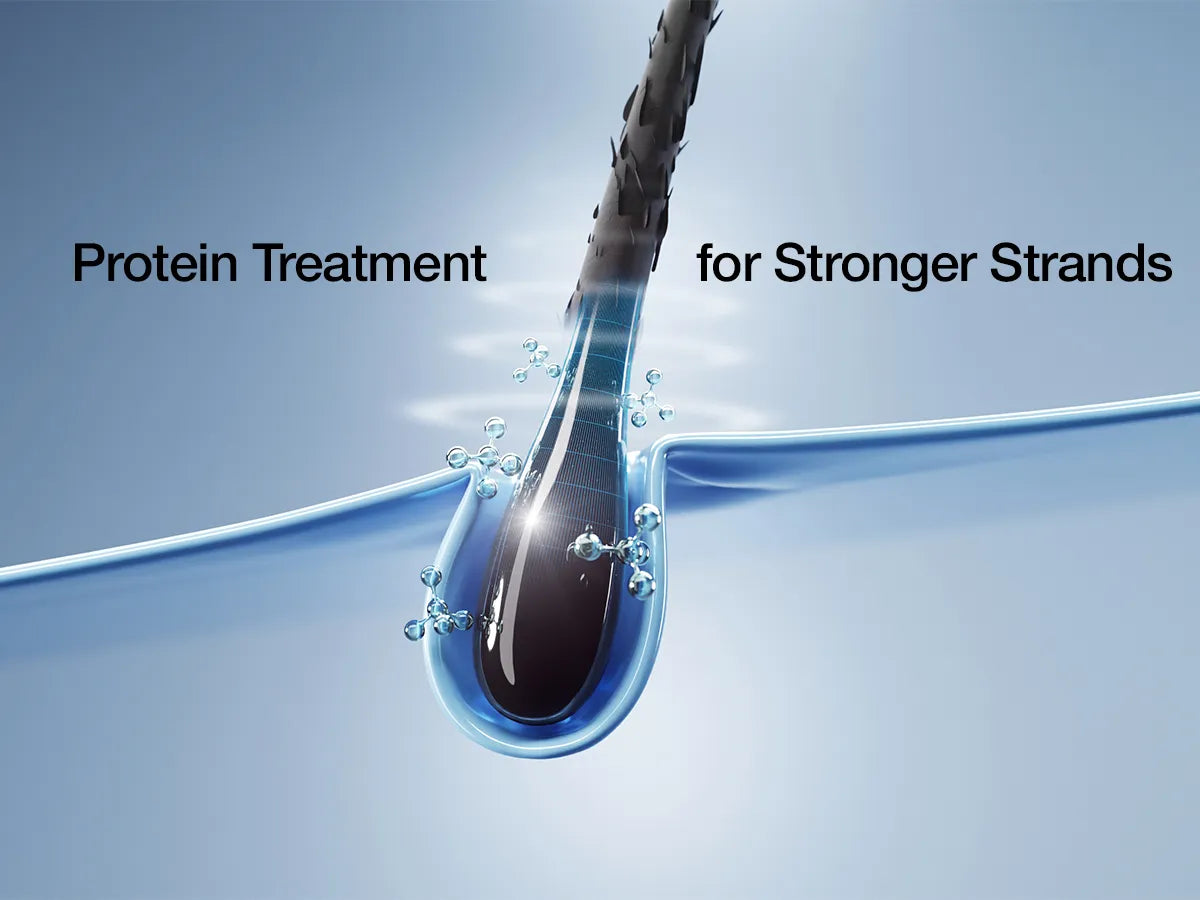
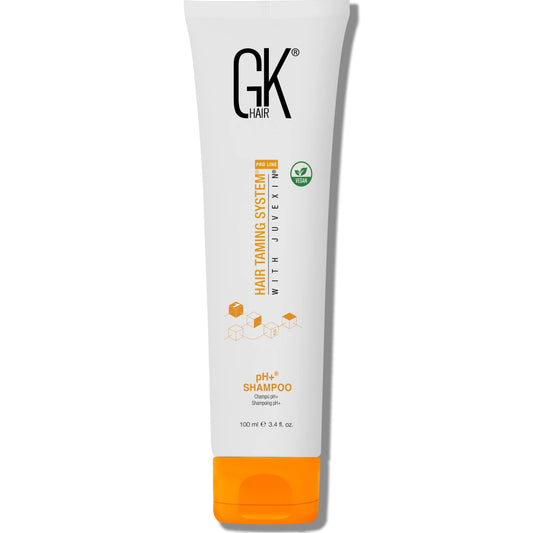
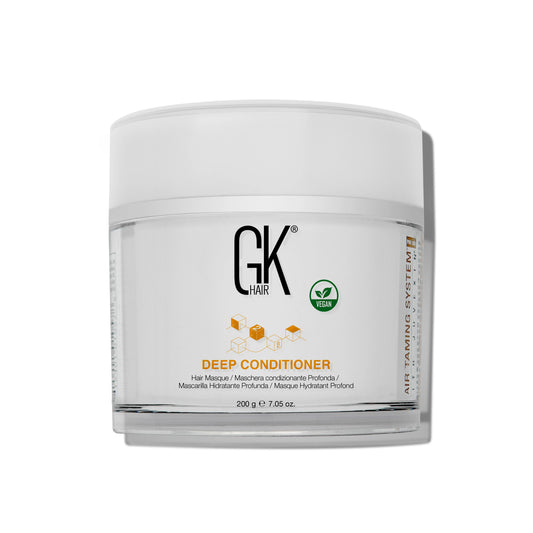
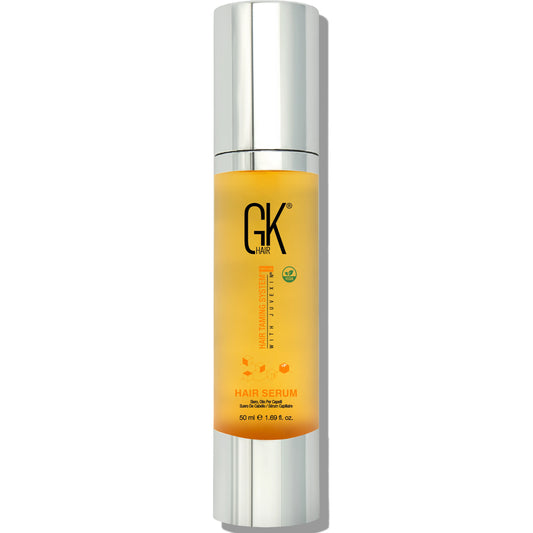
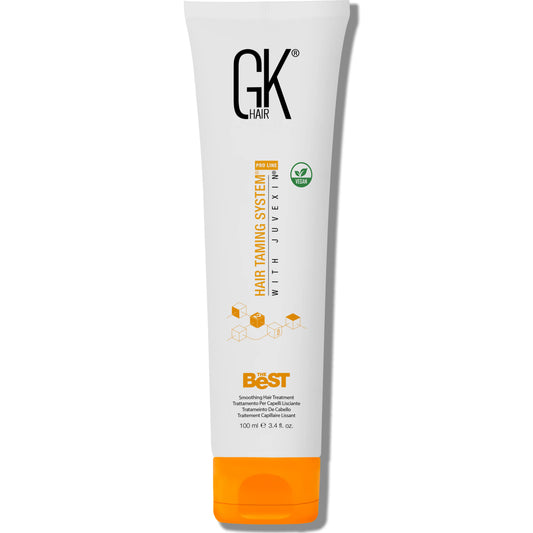

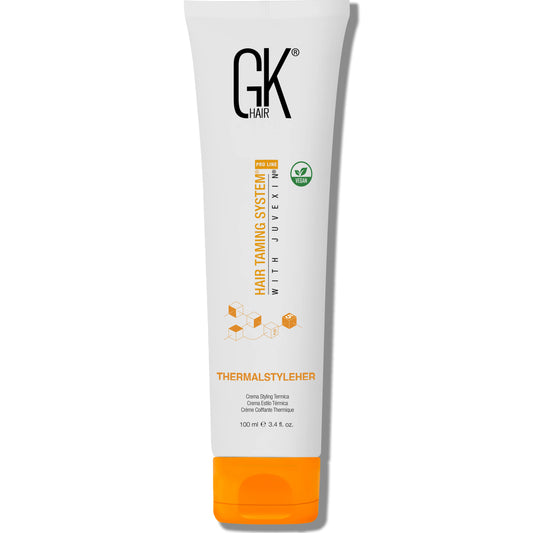

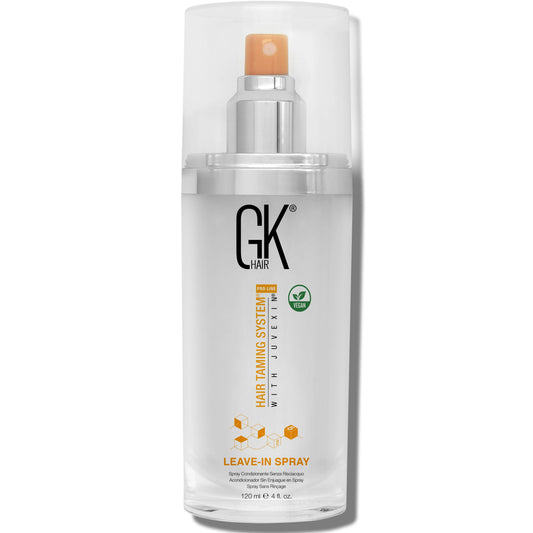
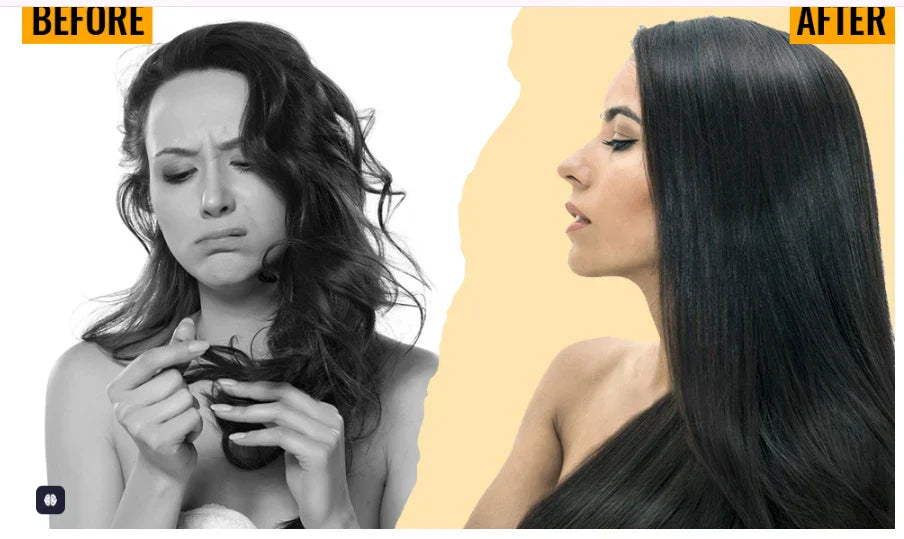

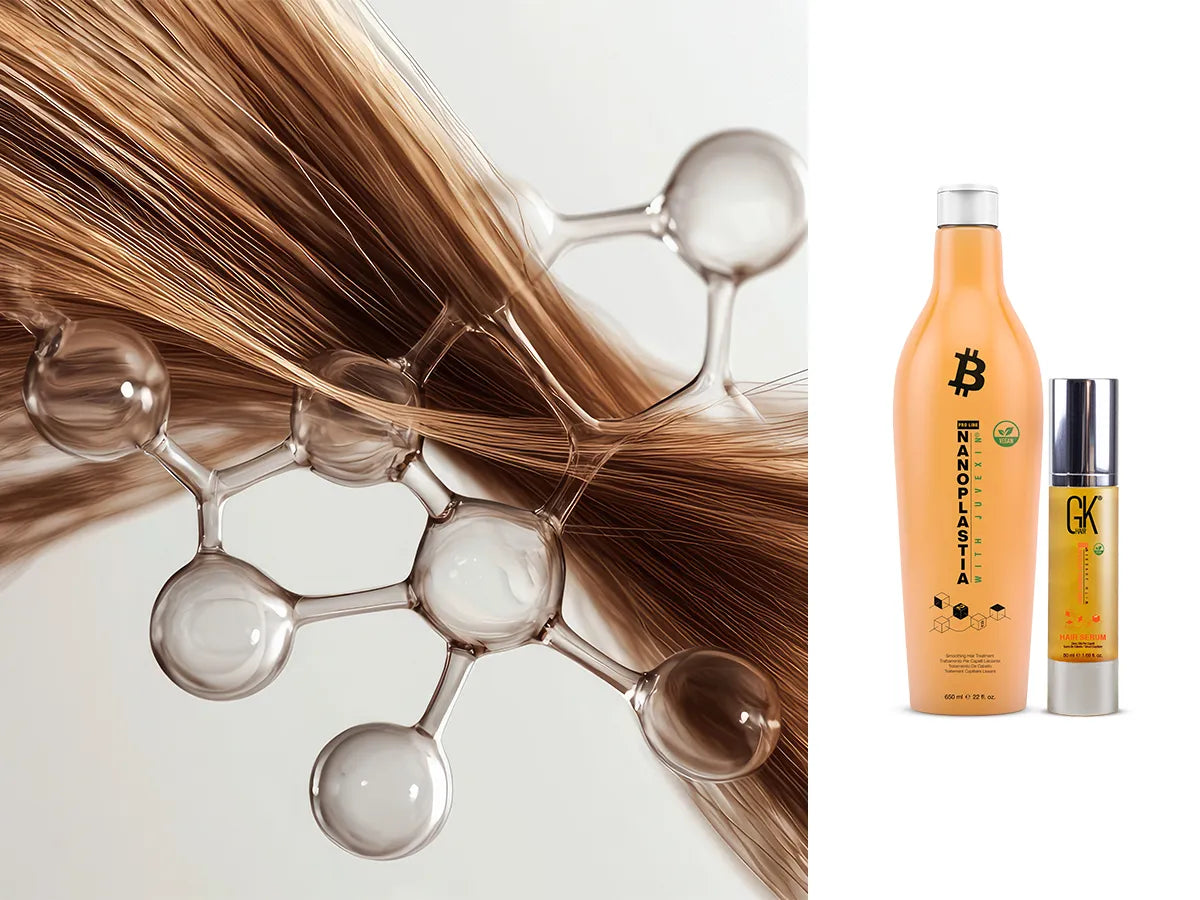

Leave a comment